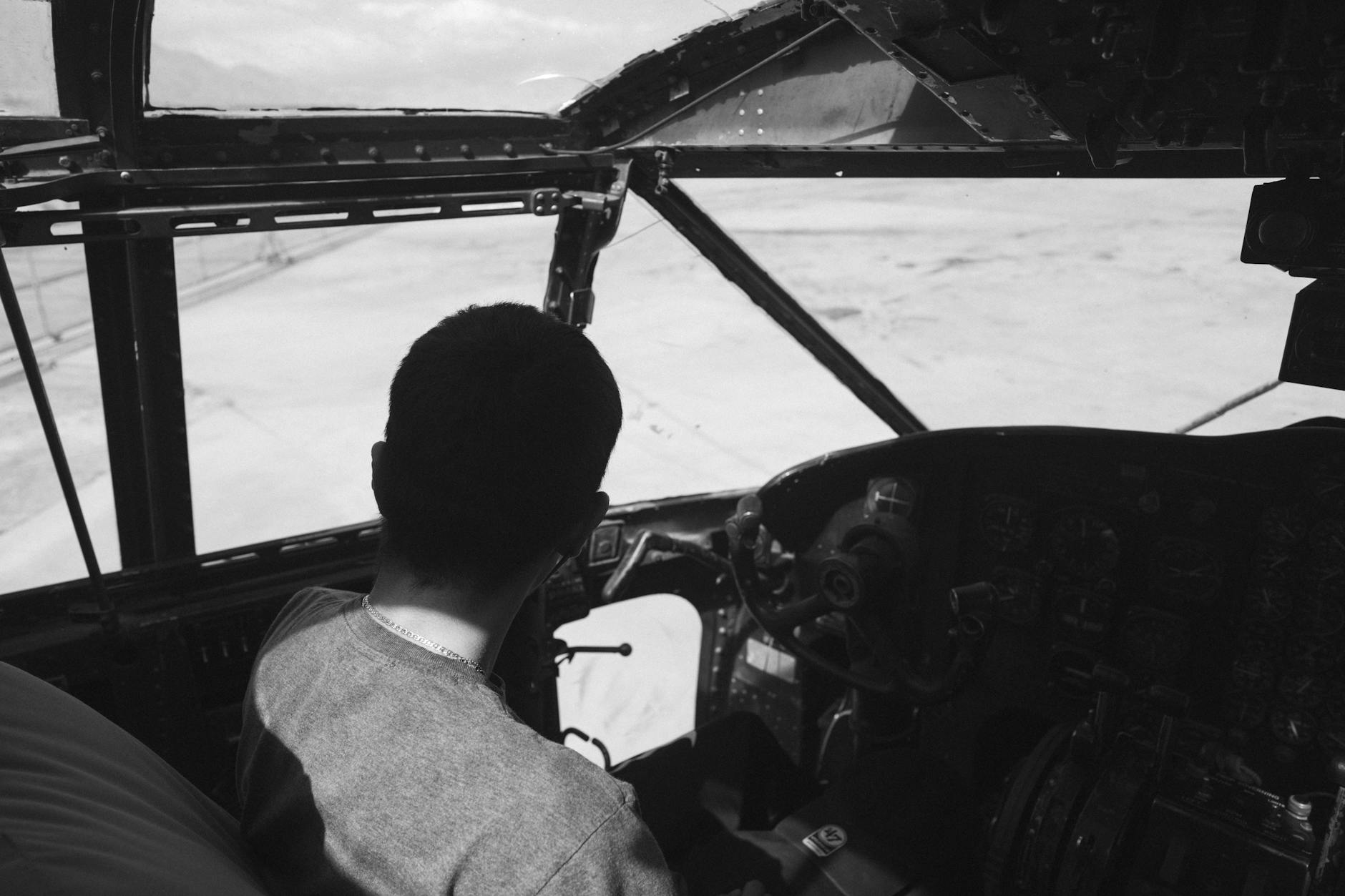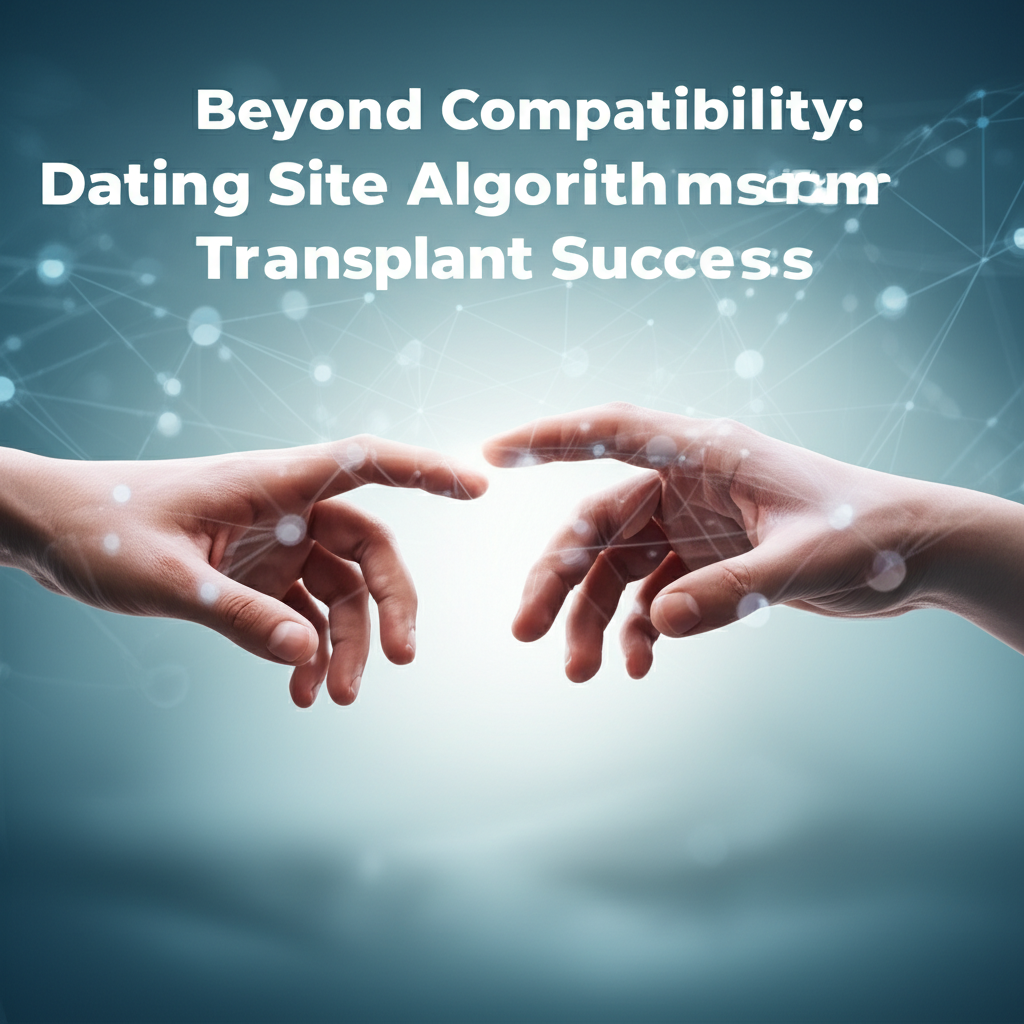A Shadow Falls on the CDC: Tragedy Unfolds Near Emory University
Atlanta Community Gripped by Fatal Encounter Outside Federal Health Hub
Atlanta, GA – A chilling incident that shook the usually tranquil grounds near Emory University has left a community grappling with loss and questions. A shooting on the morning of August 8, 2025, resulted in the deaths of both a suspect and an officer, sending ripples of shockwaves through the city and beyond, particularly impacting the highly visible Centers for Disease Control and Prevention (CDC) campus. While officials have confirmed no civilian casualties, the event has inevitably cast a somber shadow over a region known for its academic and scientific prowess.
The gunfire, which authorities have confirmed occurred outside the CDC facilities, painted a stark picture. Images circulating in the aftermath depicted windows at the federal health agency bearing the marks of the violent encounter, a visual testament to the proximity of danger to a place dedicated to safeguarding public health. The immediate aftermath was characterized by a swift and coordinated response from law enforcement, with the area cordoned off and a sense of unease descending upon the surrounding neighborhoods.
This tragedy, unfolding in the heart of a vibrant urban landscape, serves as a poignant reminder that even in the most secure and vital institutions, the unexpected can occur. The loss of life, both of the individual believed to be responsible and the officer who responded, underscores the inherent risks faced by those sworn to protect and serve. As the investigation into the motive and circumstances surrounding the shooting continues, Atlanta and the nation are left to contemplate the implications of such an event on the sensitive work conducted daily by the CDC.
Context & Background
The incident occurred in a locale with deep ties to both academia and public health. Emory University, a world-renowned research institution, sits in close proximity to the CDC headquarters. This area of Atlanta is a hub of intellectual activity, scientific innovation, and community life. The CDC, as the leading national public health agency, plays a critical role in preventing and controlling disease, both domestically and internationally. Its presence in Atlanta signifies the city’s importance in the global health landscape.
The specific location of the shooting, just outside the CDC campus, raises immediate concerns about the security of federal facilities and the safety of the personnel who work within them. While the summary indicates no civilian casualties, the proximity of the violence to the CDC itself is a significant factor. The CDC is at the forefront of responding to public health emergencies, a mission that often involves dealing with dangerous pathogens and complex scientific challenges. This shooting, while seemingly an isolated incident, could have broader implications for how such critical infrastructure is perceived and protected.
Atlanta, as a major metropolitan center, experiences its share of crime, as do all large cities. However, an event of this nature, involving law enforcement and occurring so close to a national health security agency, carries a unique weight. The timing, on a morning in August, suggests a typical workday was violently interrupted. The lack of civilian casualties is a small but significant piece of positive news amidst a tragic event, highlighting the effectiveness of initial law enforcement containment and the fortunate circumstances that no innocent bystanders were caught in the crossfire.
The nature of the suspect, and their potential motive, remains a crucial element of the ongoing investigation. Without further details, it is difficult to ascertain whether the incident was targeted, random, or related to the specific location of the CDC. However, the very fact that it occurred in such a prominent and sensitive area will undoubtedly fuel speculation and scrutiny regarding security protocols and potential vulnerabilities.
In-Depth Analysis
The shooting outside the CDC campus in Atlanta, while seemingly a contained incident with no civilian casualties, warrants a deeper examination of several interconnected facets. The immediate impact on the CDC, the broader implications for public health infrastructure security, and the human cost of this encounter are all critical areas of analysis.
From a law enforcement perspective, the incident presents a clear case of a violent confrontation that resulted in the loss of life for both the assailant and an officer. The swiftness of the response, leading to the neutralization of the threat, is a testament to the training and bravery of the responding officers. However, the fact that a fatal shooting occurred outside such a high-profile federal facility raises questions about the intelligence gathering and threat assessment capabilities that are in place to protect critical national infrastructure.
The CDC’s mission makes it a unique and highly sensitive institution. It deals with public health crises, infectious diseases, and a vast array of scientific research that can have profound implications for national and global well-being. Any threat or disruption to its operations, even a seemingly localized one like this shooting, can have a ripple effect. The visible damage to windows, as reported, suggests a level of direct engagement with the facility, even if the primary engagement was outside its immediate perimeter. This raises concerns about the physical security measures in place to deter or respond to active threats.
The “suspect” designation implies that the individual was engaged in actions that led to this fatal outcome. Understanding the individual’s background, any potential affiliations, and the motive behind their actions is paramount for public understanding and for informing future prevention strategies. Was this an act of domestic terrorism, a personal grievance, or something entirely different? The answers to these questions will shape the narrative and the response moving forward.
The loss of an officer in the line of duty is always a tragic event. It underscores the inherent dangers faced by law enforcement personnel who are tasked with confronting volatile situations. The officer’s sacrifice, in all likelihood, prevented further harm, making their role in this incident undeniably critical and heroic.
Furthermore, the psychological impact on the CDC employees and the surrounding community cannot be overlooked. Even with no direct physical casualties among civilians, the knowledge that such violence occurred so close to their place of work and residence can foster a sense of unease and vulnerability. The CDC is a symbol of scientific progress and public safety; an event that breaches that perceived sanctuary can be deeply unsettling.
The investigation will undoubtedly focus on the sequence of events, the origin of the gunfire, and the specific actions taken by the suspect and the responding officer. Forensic analysis, witness testimonies, and any available surveillance footage will be crucial in piecing together the full picture. The media’s role in reporting these facts accurately and responsibly will also be vital in shaping public perception and preventing the spread of misinformation.
Pros and Cons
Analyzing this tragic event involves considering both the immediate positive aspects and the inherent negative consequences. While the loss of life is undeniably a severe negative, certain factors within the unfolding situation can be viewed through a lens of limited positive outcomes or mitigating circumstances.
Pros:
- No Civilian Casualties: This is the most significant positive aspect of the incident. The fact that no members of the public, including CDC employees not directly involved in the confrontation, were harmed is a testament to effective initial containment and perhaps fortunate circumstances. It prevents a broader public health crisis from escalating due to direct harm to personnel.
- Swift Law Enforcement Response: The immediate and decisive action by law enforcement to neutralize the threat, albeit resulting in fatalities, prevented the situation from potentially escalating and endangering more lives. This speaks to the preparedness and training of the officers on the ground.
- Targeted Nature (Potentially): If the incident was indeed targeted at the suspect and the officer involved, and not a random act of mass violence, it limits the scope of immediate public fear that would be associated with an indiscriminate attack on a facility.
- Information Transparency (Implied): The prompt reporting of details, such as no civilian casualties and the location of the gunfire, suggests a commitment to transparency from authorities, which is crucial for maintaining public trust during crises.
Cons:
- Loss of Life: The most profound con is the tragic loss of both a suspect and an officer. This represents a failure to prevent a violent outcome and carries immense human cost for the individuals and their families.
- Security Concerns for Critical Infrastructure: The incident raises serious questions about the security of the CDC and similar federal agencies. The fact that gunfire reached the facility’s windows indicates a breach, however minor, of the expected safety perimeter.
- Psychological Impact: Even without direct casualties, the proximity of violence to a place of work dedicated to public health can cause significant psychological distress and anxiety among employees and the surrounding community. This can affect morale and the sense of safety.
- Potential for Misinformation and Speculation: In the absence of complete information, there is always a risk of rampant speculation and the spread of misinformation, which can create further fear and confusion.
- Impact on Public Perception of Safety: Such events can erode public confidence in the safety and security of federal institutions, potentially impacting the perception of the CDC’s ability to operate without threat.
- Resource Allocation: The incident, and any subsequent review of security, will likely necessitate a reallocation of resources towards enhanced physical and intelligence-based security measures, potentially diverting funds from other critical areas.
Key Takeaways
- A fatal shooting occurred outside the Centers for Disease Control and Prevention (CDC) near Emory University in Atlanta on August 8, 2025.
- Both the suspect and a responding officer are deceased as a result of the incident.
- Crucially, there were no civilian casualties reported, meaning no members of the public or CDC employees not directly involved in the confrontation were harmed.
- Photographic evidence indicates that gunfire struck windows at the CDC facility, signifying a direct impact on the campus’s exterior.
- The incident has prompted immediate law enforcement investigation into the circumstances, motive, and sequence of events.
- The location of the shooting, adjacent to a critical federal health agency, highlights ongoing concerns regarding the security of such vital infrastructure.
- The loss of an officer in the line of duty underscores the inherent risks faced by law enforcement personnel.
- The psychological impact on the CDC workforce and the surrounding community, even without direct casualties, is a significant consideration.
Future Outlook
The aftermath of this shooting will undoubtedly lead to a period of introspection and potential policy adjustments, particularly concerning the security protocols surrounding federal agencies like the CDC. The immediate future will be dominated by the ongoing investigation, which will aim to provide concrete answers regarding the suspect’s identity, motive, and any potential affiliations.
From a security standpoint, it is highly probable that a comprehensive review of the physical security measures and threat assessment procedures at and around the CDC campus will be initiated. This could involve increased visible security presence, enhanced surveillance capabilities, and possibly a re-evaluation of perimeter security. The incident may also spur broader discussions about the security of other critical federal facilities across the nation, especially those involved in national security and public health.
For the CDC itself, the focus will likely shift to supporting its employees, both those directly affected and those experiencing anxiety due to the proximity of the violence. Mental health resources and open communication will be crucial in rebuilding a sense of security and normalcy within the workplace. The incident, while not hindering the CDC’s core mission, could lead to temporary operational adjustments or heightened vigilance.
The public perception of the CDC’s safety might also evolve. While the agency remains a symbol of scientific advancement and public protection, this event serves as a stark reminder that even such vital institutions are not entirely immune to external threats. The media’s continued reporting, balanced and accurate, will play a significant role in shaping this perception.
On a broader level, this incident could contribute to the ongoing national dialogue about gun violence, the security of public spaces, and the challenges faced by law enforcement. The specific details of the investigation will likely inform the nature of these discussions, determining whether the focus is on mental health interventions, access to firearms, or counter-terrorism strategies.
Ultimately, the future outlook for the CDC and its surrounding community will depend on the effectiveness of the investigation, the resulting security enhancements, and the community’s collective ability to process and move forward from this tragic event.
Call to Action
In the wake of this tragic event, several actions are necessary to ensure accountability, foster community healing, and bolster the security of vital public health institutions. As a society, our response must be measured, informed, and proactive.
Firstly, it is imperative that the public support the ongoing investigation by providing any relevant information they may possess to the appropriate law enforcement agencies. This includes any observations made in the vicinity of the CDC campus prior to or during the incident. Trusting the investigative process and allowing authorities to work without undue interference is crucial for uncovering the full truth.
Secondly, as a community, we must rally around the families of the fallen officer and the suspect. Offering condolences, practical support, and respecting their privacy during this incredibly difficult time is a fundamental human responsibility. Healing begins with empathy and a commitment to shared humanity.
Thirdly, elected officials and public safety leaders must undertake a thorough review of security protocols at federal facilities, particularly those engaged in critical national security and public health missions. This review should be transparent and include a commitment to implementing necessary enhancements to prevent future incidents. Investing in intelligence gathering, threat assessment, and physical security measures is not merely a matter of precaution but a necessity to protect the personnel and the vital work conducted within these institutions.
Furthermore, the public should engage in constructive dialogue about the underlying issues that may contribute to such violence. This includes discussions on mental health access, community support systems, and responsible gun ownership. While the specifics of this case are still unfolding, broader societal conversations are vital for long-term prevention.
Finally, for those working at or near the CDC, and for the broader Atlanta community, seeking and offering mutual support is essential. Engaging with mental health resources, participating in community dialogue, and fostering a sense of collective resilience will be key to moving forward and reaffirming the safety and strength of this vibrant region.














